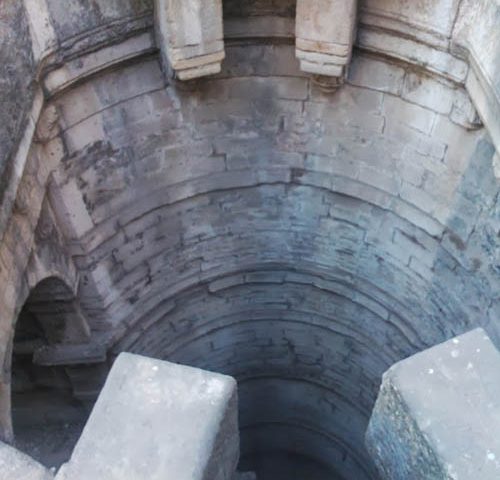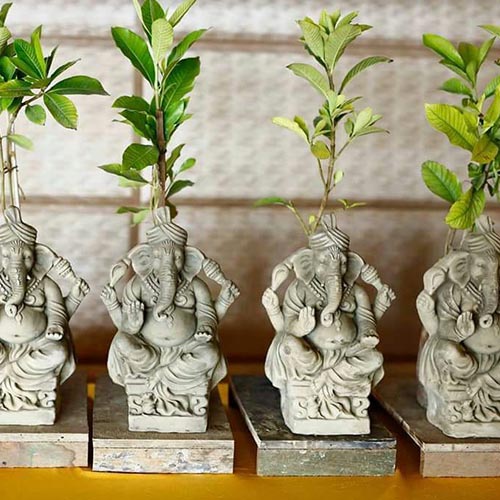We are all familiar with the areas of Gachibowli, Enginebowli and Gangabowli but do you ever wonder how this places got such quirky names that have the same endings? ‘Bowli’ is actually another name for well. These wells were fed by mineral-rich, underground springs and the water from them was pure and potable. They were such a significant part of the community during the Nizams era that entire localities were named after these wells.
There are many of these bowlis scattered all over Hyderabad. Enginebowli received its name because the water of this famous well was used to run steam engines. Rethibowli was a sandy well, Gangabowli was a well with steps, while Gachibowli was a limestone well. A lot of these wells no longer exist but the localities still carry the name of these wells.
There are various other famous bowlis present in Hyderabad like the Bum-a-Rukn-ud-Dowla near the zoo. The Neher-e-Hussaini, the queen of all the historic wells of our city, is situated opposite the National Police Academy. The Bibi-ka-Chashma and Rajanna Bowli (which has eight wells inside it) are historic wells near Falaknuma. The famous Golconda fort is home to Doodhbowli while the Government Unani Hospital also has a famous well on its premises.
The Kakatiyas and Nizams understood the importance of wells in a semi-arid place like Hyderabad. With rivers like Godavari and Krishna out of reach and the rocky terrain making waterways and canals difficult, wells were the only source of clean drinking water during that time.
The Kakatiya rulers put a lot of thought into water conservation and storage during their 400 year reign. They built many tanks and lakes downstream from small streams and rivulets to ensure that these tanks were always full. The surrounding spring-fed wells also served to keep these tanks full of water. The area around these wells were well maintained so that people could gather around them and a sense of community was maintained among the people.
The Nizams who ruled later were equally diligent about building and maintaining tanks and wells. It is said that the Nizam VII Mir Osman Ali Khan only drank the local spring water from these wells and carried it where ever he went. They understood the importance of wells as wells not only stored water but they also recharged the ground water below during the monsoon season.
Unfortunately, as Hyderabad continues to grow as a metropolis and land prices increase, many of these water bodies are being encroached upon to create land for office buildings and apartment complexes. At present, many wells all over Hyderabad that were used to supply drinking water during the Nizam’s time have become defunct because people use them to throw trash and other debris. When water collects in them, they breed mosquitoes and snakes. Experts are of the opinion that some of these wells can be used to make rainwater harvesting pits to recharge the groundwater during the monsoons.
The biggest hurdle facing the revival and maintenance of these ancient wells is that they are not listed in The Heritage Conservation List, which only covers buildings and not water bodies. Even GHMC is clueless about how to preserve these historic water bodies.
An example can be made of the famous Maha Laqa Chanda Bai’s well inside the EFLU Hyderabad campus. It was built during the Asif Jahi period and is around 200 years old. It is a large stepped well and its geometrical design is characteristic of the Nizam period. The EFLU Heritage Well Conservation Committee from EFLU Hyderabad was formed to help preserve and maintain this well after the students send a petition to the president. The heritage well was also enlisted in the state heritage list by the Hyderabad Metropolitan Development Corporation (HMDC) and Municipal Corporation (MC).
Preservation of these ancient wells are important not only because they help in water conservation but because they are a part of our heritage and we owe it to our future generations. These places can be developed as tourist spots and the money collected from this could be used to maintain them as recharge pits while also preserving a slice of our history.



